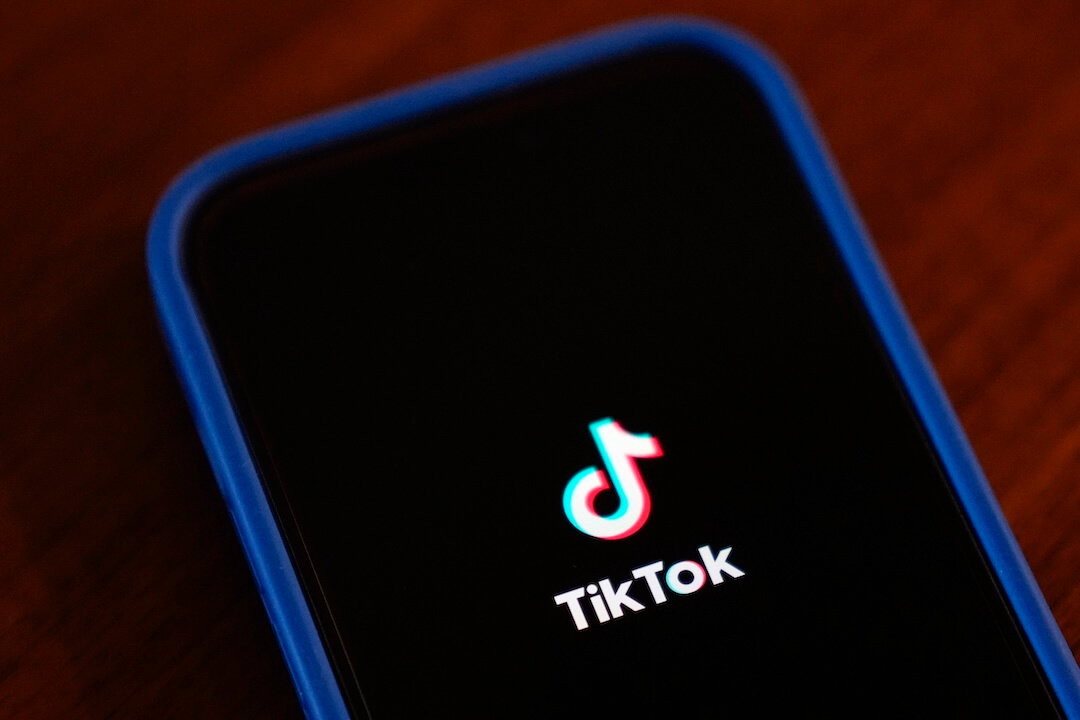On December 19, 1974, the first successful personal computer went on sale. They called it the Altair 8800.
Popular Electronics magazine profiled the new PC in their January 1975 issue. Readers learned that for $395 you could order a kit to build the Altair yourself or buy it assembled for $495. The Altair 8800 came with 256 bytes of computer memory and Intel’s 8080 processor.
“For many years, we’ve been reading and hearing about how computers will one day be a household item. Therefore, we’re especially proud to present in this issue the first commercial type of minicomputer project ever published that’s priced within reach of many households — the Altair 8800….”
Ed Roberts, the creator of the Altair, worked with Bill Gates and Paul Allen to develop the PC’s first programming language.
The partnership between Gates and Allen marked the beginning of the Microsoft company, which officially started on April 4, 1975.
Bill Gates talks about the Altair 8800:
“When the Altair was introduced in the mid-1970s, personal computers — then called microcomputers — were mainly intriguing electronic gadgets for hobbyists, the sort of people who tinkered with ham radio kits.
Dr. Roberts, it seems, was a classic hobbyist entrepreneur. He left his mark on computing, built a nice little business, sold it and moved on — well before personal computers moved into the mainstream of business and society.
….Mr. Gates dropped out of Harvard, and Mr. Allen left his job at Honeywell in Boston. The product they created for Dr. Roberts’s machine, Microsoft Basic, was the beginning of what would become the world’s largest software company and would make its founders billionaires many times over.
MITS was the kingpin of the fledgling personal computer business only briefly. In 1977, Mr. Roberts sold his company. He walked away a millionaire. But as a part of the sale, he agreed not to design computers for five years, an eternity in computing. It was a condition that Mr. Roberts, looking for a change, accepted.
….Mr. Ceruzzi noted the ‘utter improbability and unpredictability’ of having one of the most significant inventions of the 20th century come to life from such a seemingly obscure origin. ‘But Albuquerque it was,’ Mr. Ceruzzi wrote, ‘for it was only at MITS that the technical and social components of personal computing converged.'”
“H. Edward Roberts, PC Pioneer, Dies at 68”
New York Times, April 2, 2010
A look back at the Altair’s role in the early history of personal computers:
“Dr. Henry Edward ‘Ed’ Roberts, a developer of an early personal computer that inspired Seattle’s Bill Gates and Paul Allen to found Microsoft, died Thursday in Georgia. He was 68.
Dr. Roberts, whose build-it-yourself kit concentrated thousands of dollars’ worth of computer capability in an affordable package, inspired Gates and Allen to come up with Microsoft in 1975 after they saw an article about the MITS Altair 8800 in Popular Electronics.
….’My assumption was that there were a bunch of nuts out there like me that would like to have a computer,’ Dr. Roberts told The Atlanta Journal-Constitution in 1997. ‘To engineers and electronics people, it’s the ultimate gadget.’
The Altair was nothing like the ultra-slim laptops of today: Operated by switches and with no display screen, it looked like little more than a metal box covered in blinking, red lights.”
“Dr. Henry E. Roberts was Bill Gates’ mentor, a tech pioneer, a doctor”
AP and Seattle Times, April 1, 2010






